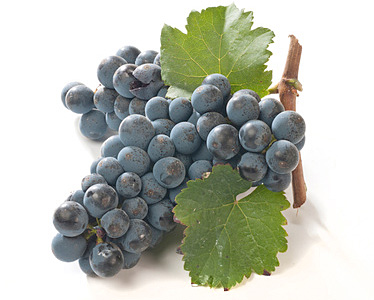Langhe
IN PERNO, AMONG THE VINEYARDS-COVERED HILLS OF THE LANGA-REGION, UNESCO HERITAGE
The Agriturismo Bianconiglio and the Azienda Agricola Pira Giorgio are in Perno, small village in the municipality of Monforte d'Alba (394 meters above sea level), from which is 4.5 km. It is a prestigious site, in the heart of the Barolo production area (Perno is a Barolo-cru). It is the core-zone of the vineyard landscapes inscribed into UNESCO World Heritage List. Perno origins date back to the Roman age, when there was a rock fortress which served as a logistics point, located in an intermediate location on the antique and unique road connecting Alba-Pompeia to Monforte passing through the Langa, along the Via del Sale, in the stretch of road travelled in the year 1028 by the Catari, taken in chains to and condemned for heresy.
In Paternum (this most likely being the original name), between the 10th and 12th century A.C., the Benedictine order introduced the growing of the vine and wine-making. Since then many centuries have past, but the vineyards are still those thousand-year-old of the monks and we, keeping the tradition alive, continue to dedicate ourselves to this cultivation.
IN THE HEART OF THE BAROLO AREA
We are in the heart of the Barolo area, which includes just eleven villages, with an altitude between 200 and 500 meters above sea level: Monforte (and Perno) is one of them. This area of great value has peculiarities that render it particularly disposed to wine-growing. The morainic terrain and the prevalently dry climate contribute to the large concentration of sugars in the grapes’ acinus allowing for a wine production of extraordinary quality. Dominating indisputably the noble nebbiolo vine, present in the varieties lampia, michet and rosé, from which come the celebrated Barolo, “King of Wines” and “Wine of Kings”.
In ancient times, this area played part of a large plain along the sea, fed by rivers coming from the Alps. Over the course of millenniums, due to marine flood phenomenon, progressively materials of various origins accumulated and stratified, and subsequently, due to the rivers’ erosive action, determined the formation of the gentle hills that we can today admire, characterized by dark accumulations of an argillaceous (red clay) origin and of white-yellowish or bluish colour of marly (tufa) origins. Exactly where these are concentrated are the areas where the nebbiolo vine, even suffering, due to the elevated presence of calcium (calcium carbonate) and to the compactness of the land, drainage and nutritional problems, it is able to produce the best grapes, destined to become Barolo wine.
Our vineyards are all here in Perno, the oldest part of the Langa-hills, the so called “elveziano” (referred to its origin), distinguished from the “tortoniano” by its compact soil composition, which gives the wine structure, body, tannins and notable longevity.
 THE LANGA-HILLS
THE LANGA-HILLS
Welcome to the heart of the Langa-hills, in the eastern part of the province of Cuneo.
Fertile hilly territory closed in by the Tanaro and Bormida rivers, made up of long ridges emerging from the sea, travelled by torrents spilling into the Tanaro, the Langhe, which extends along the this river’s right bank, were formed by orogenesis, that is as a result of the sea’s corrugation in the tertiary age. It dates back to 1800 this geographic distinction, based on altitude (between 450 and 800 meters above sea level), in “Alta Langa” (“high”) and “Bassa Langa” (“low”): the first being identified with the south-eastern part, with the Bormida and the Uzzone valleys, while the second includes, among others, the 11 municipalities of the Barolo. The Bassa Langa, with its gentle slopes and particular micro-climate, cold in the winter and dry in the summer, portrays an ideal habitat for the wine-grower, which here is almost the only cultivation present.
The etymology of the term is uncertain. For some, it would come from the Latin word linguae, referring to the roads which pass these hills, or the hills themselves, whose form would seem able to be traced back to that in any language. Others sustain, however, that the root should be looked for in the antique language of the Celts, particularly in the term landu or londe (land), indicating a deserted and wild region, or yet another, could derive from the German word Lange, longitude, a term used when referring to a geographical position. The prevailing interpretation is however that which attributes a Ligurian origin to the term, da lanca – a group of hills and troughs.